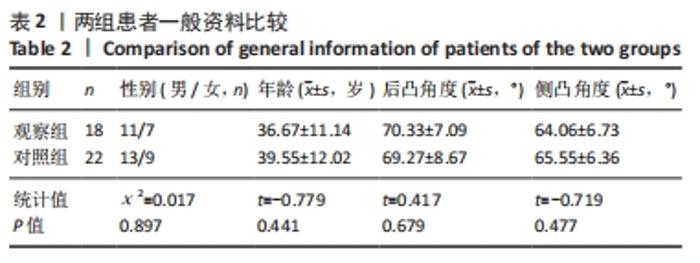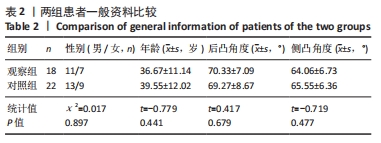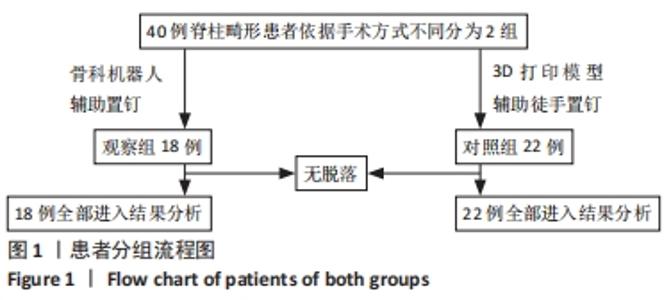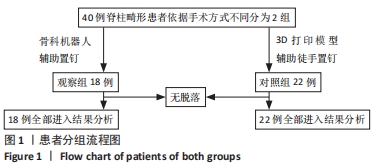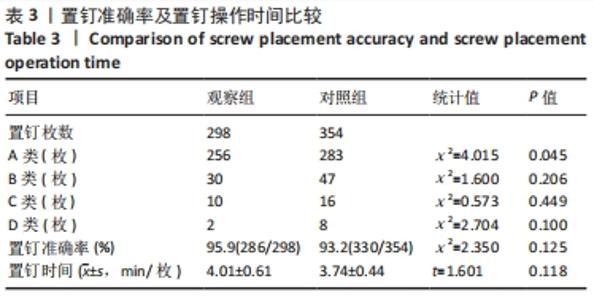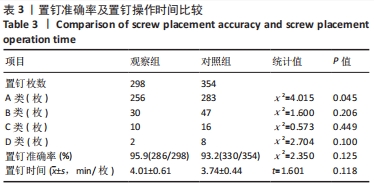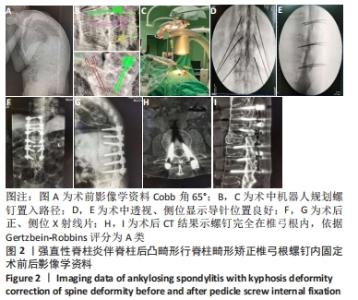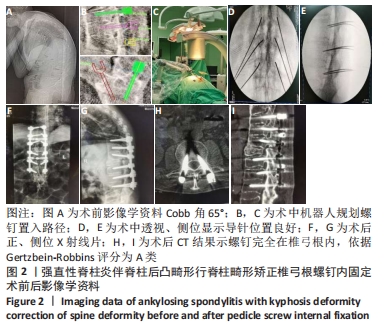[1] 陆晓生, 黄湄景, 赵劲民. 脊柱畸形手术治疗现状与方向[J].中国矫形外科杂志,2015,23(3):239-241.
[2] 陈毅,王利民,王卫东,等.3D打印辅助SRS-Schwab Ⅳ级截骨术治疗老年性脊柱后凸畸形[J].中华实验外科杂志,2020,37(12):2337-2340.
[3] Jiang D, Liu Z, Yan H, et al. Correction of Scoliosis with Large Thoracic Curves in Marfan Syndrome: Does the High-Density Pedicle Screw Construct Contribute to Better Surgical Outcomes. Med Sci Monit. 2019;25:9658-9665.
[4] Wu XB, Wang JQ, Sun X, et al. Guidance for Treatment of Pelvic Acetabular Injuries with Precise Minimally Invasive Internal Fixation Based on the Orthopaedic Surgery Robot Positioning System. Orthop Surg. 2019;11(3): 341-347.
[5] 李洪珂,郝申申,王鹏程,等.3D打印导航模板辅助特发性脊柱侧弯椎弓根螺钉置入的准确性[J].中国组织工程研究,2020,24(30):4757-4762.
[6] Molina CA, Phillips FM, Colman MW, et al. A cadaveric precision and accuracy analysis of augmented reality mediated percutaneous pedicle implant insertion. J Neurosurg Spine. 2020;30:1-9.
[7] 张同同,王中华,文杰,等.3D打印模型在颈椎肿瘤手术切除与重建中的应用[J].中国组织工程研究,2021,25(9):1335-1339.
[8] 蒋维利,牛国旗,周功,等.3D打印技术辅助成人脊柱侧后凸畸形的术前规划及应用价值[J].中国骨伤,2020,33(2):99-105.
[9] 吴荣海,周俊德,陈培友,等.3D打印技术辅助后路截骨治疗脊柱畸形的Meta分析[J].中国组织工程研究,2020,24(36):5880-5885.
[10] 赵春鹏,肖鸿鹄,汪凯文,等.骨科机器人辅助髋臼骨折微创手术的临床研究[J].中华创伤骨科杂志,2020,22(12):1021-1028.
[11] 忻慰,王波,钱齐荣,等.机器人辅助手术在全髋关节置换中的应用现状及进展[J].生物骨科材料与临床研究,2020,17(6):65-70.
[12] 夏海军,毛峰,汪少波,等.骨科手术机器人辅助经皮椎弓根钉内固定治疗Levine-EdwardⅠ、Ⅱ型Hangman骨折[J].中国骨与关节损伤杂志, 2019,34(5):449-452.
[13] 林书,胡豇,万仑,等.机器人辅助下经皮微创椎弓根螺钉内固定与传统开放内固定治疗胸腰椎骨折的短期疗效比较[J].中国修复重建外科杂志,2020,34(1):76-82.
[14] 陈锴,蔡腾广,王晨,等.人工智能在脊柱畸形诊疗中的应用及展望[J].第二军医大学学报,2020,41(3):243-247.
[15] 卢志军,陈荣春,郭朝阳,等.3D打印定向截骨导板治疗脊柱畸形的临床效果[J].中国矫形外科杂志,2018,26(17):1574-1579.
[16] Marcus HJ, Cundy TP, Nandi D,et al. Robot-assisted and fluoroscopy-guided pedicle screw placement: a systematic review. Eur Spine J. 2014; 23(2):291-297.
[17] Keric N, Doenitz C, Haj A, et al. Evaluation of robot-guided minimally invasive implantation of 2067 pedicle screws. Neurosurg Focus. 2017;42(5): E11.
[18] 章仁杰,申才良,张华庆,等.骨科机器人辅助胸腰椎椎弓根螺钉内固定位置不良原因分析[J].颈腰痛杂志,2019,40(5):577-582.
[19] 陈豪杰,张嘉男,郝定均,等.脊柱机器人置钉错误的多因素分析[J].骨科,2020,11(6):523-528.
[20] 范明星, 张琦, 赵经纬, 等. 机器人辅助经皮微创单节段胸腰椎骨折内固定术的学习曲线[J].中国微创外科杂志,2019,19(9):808-811.
|
